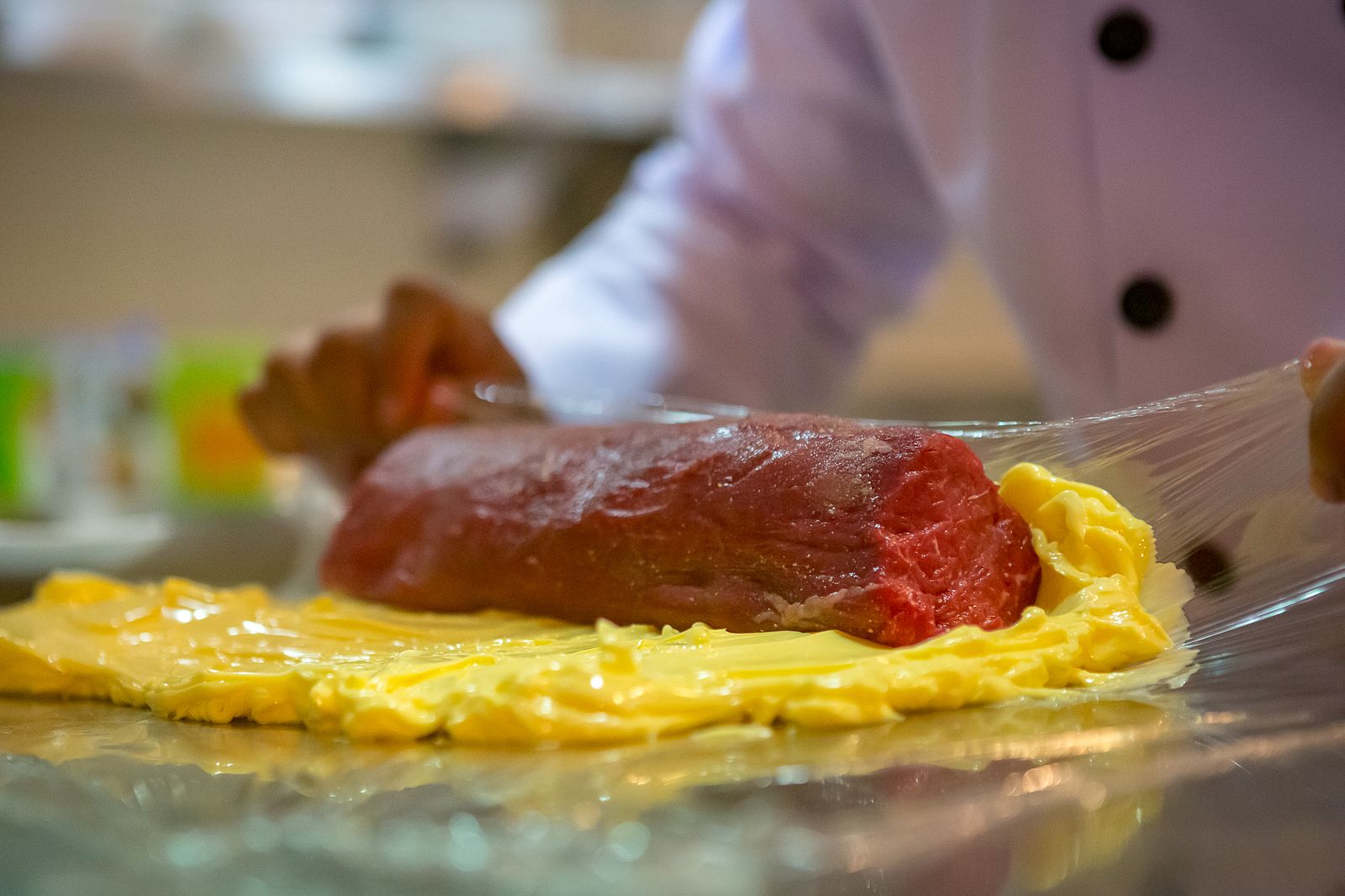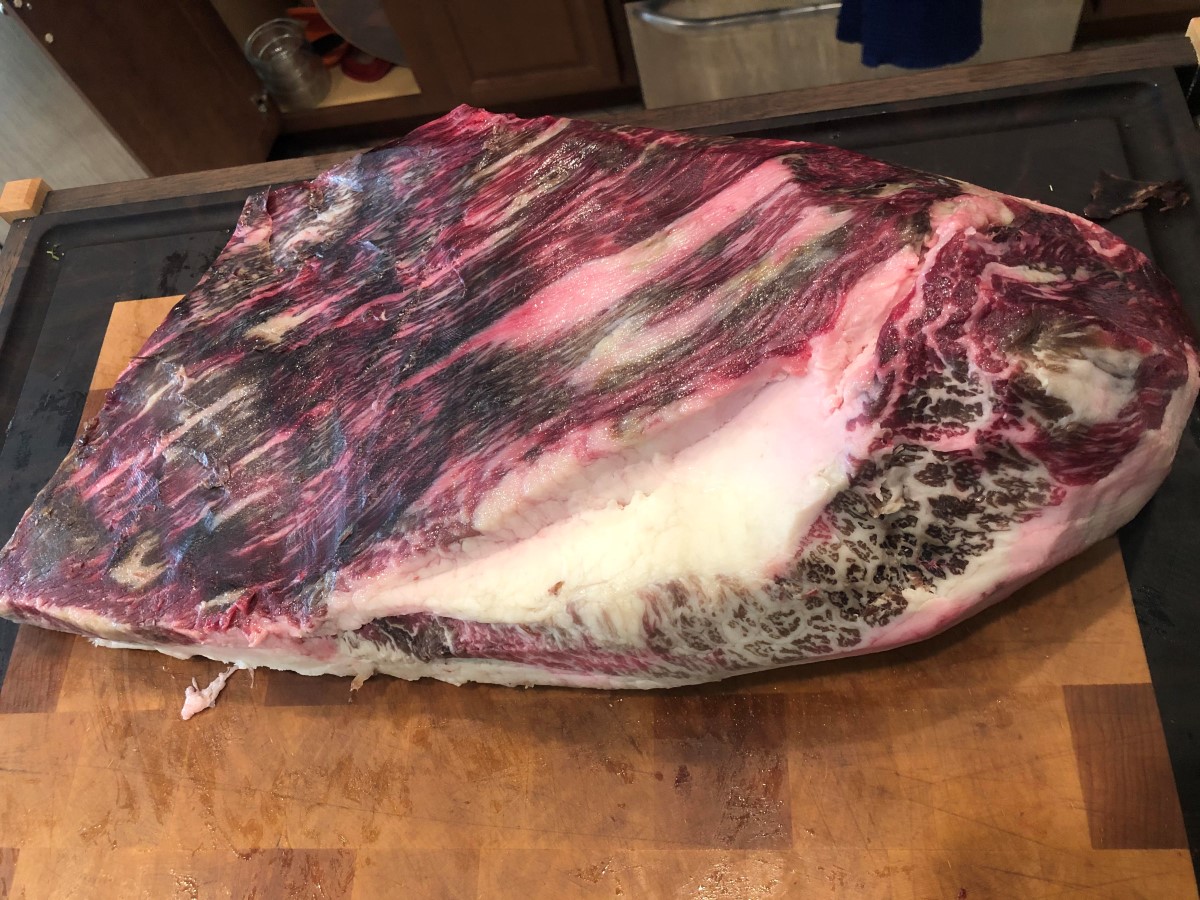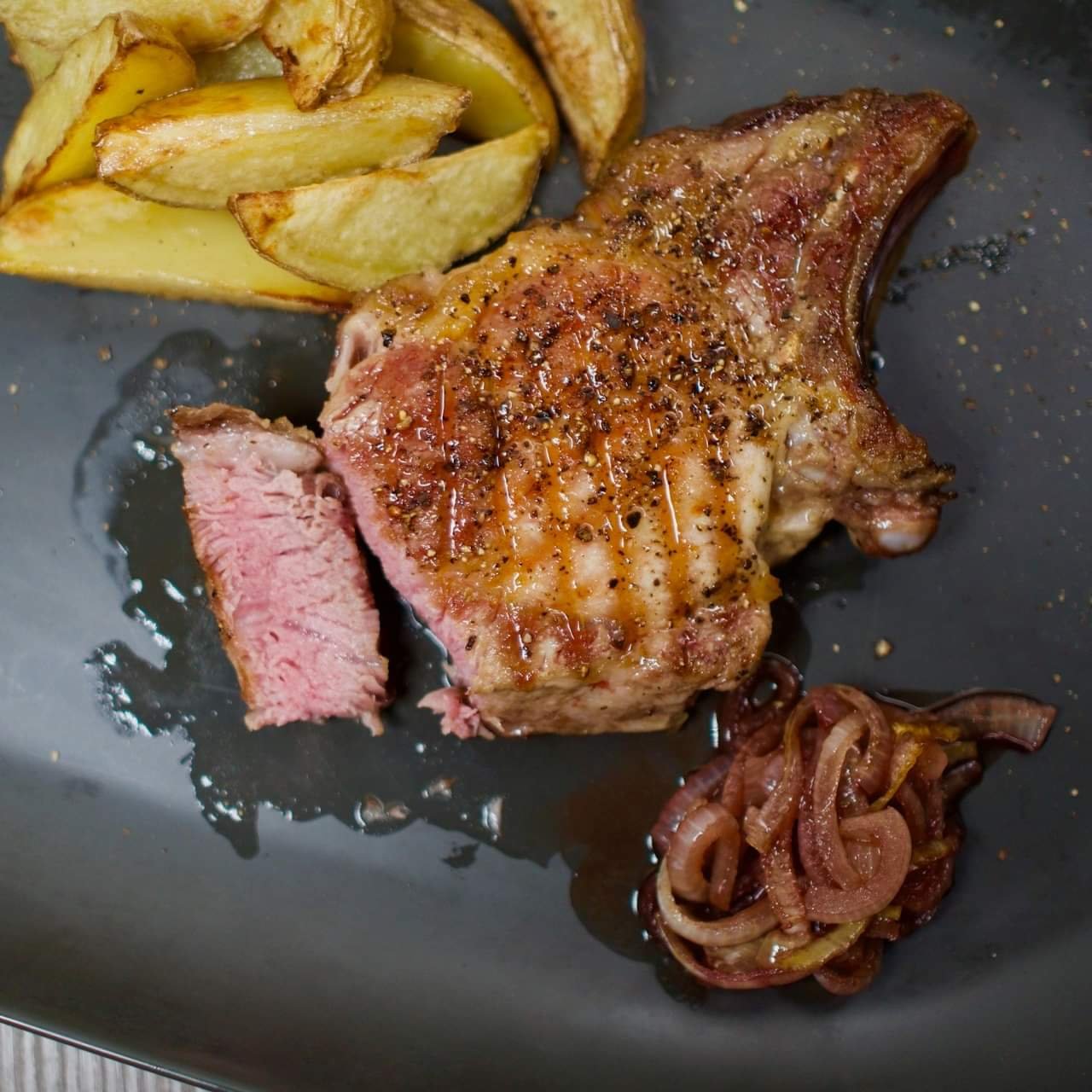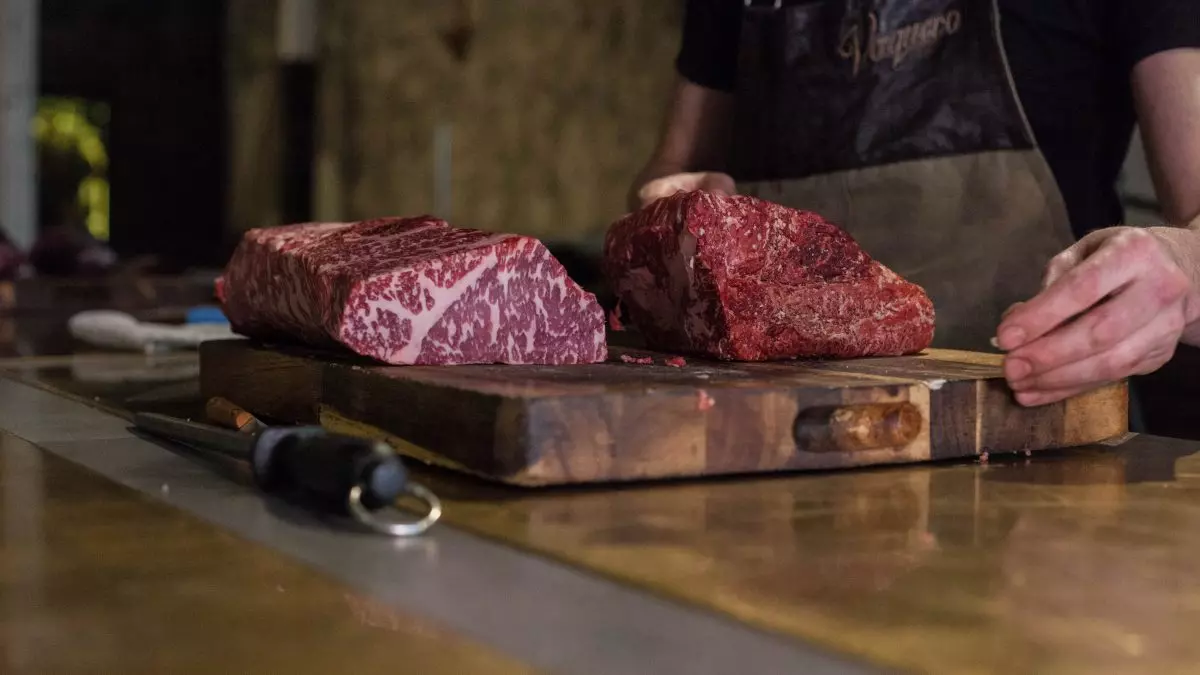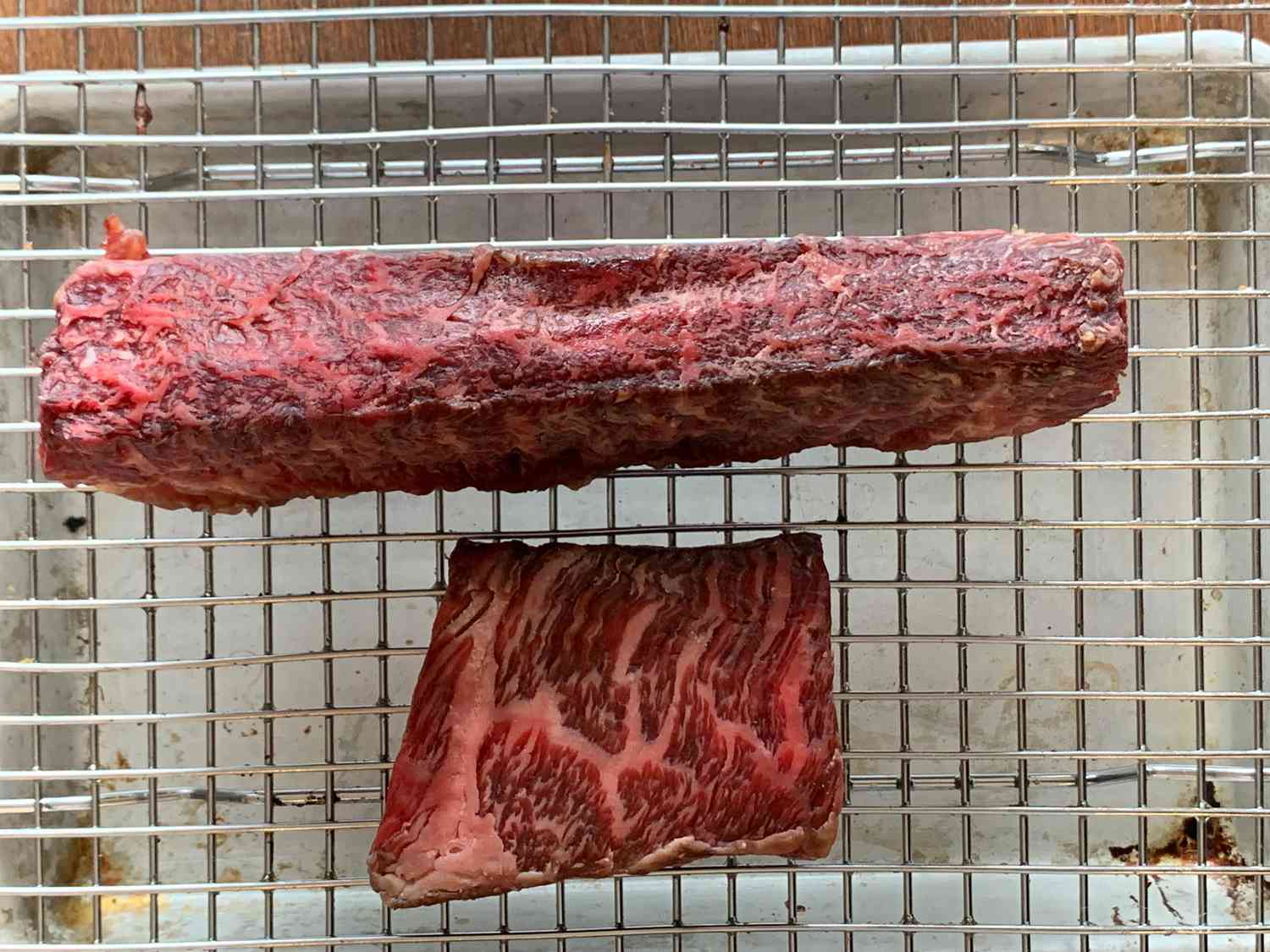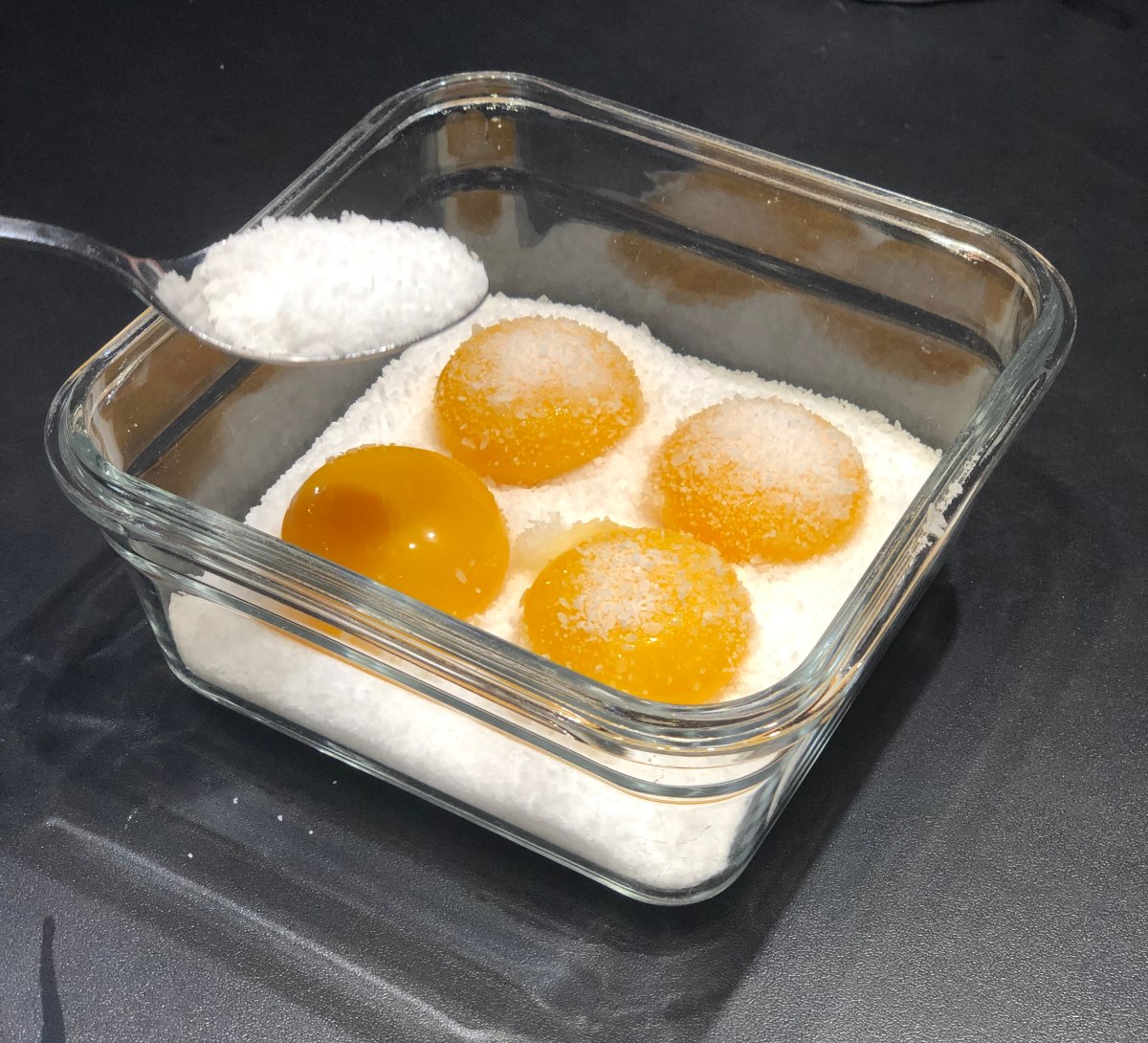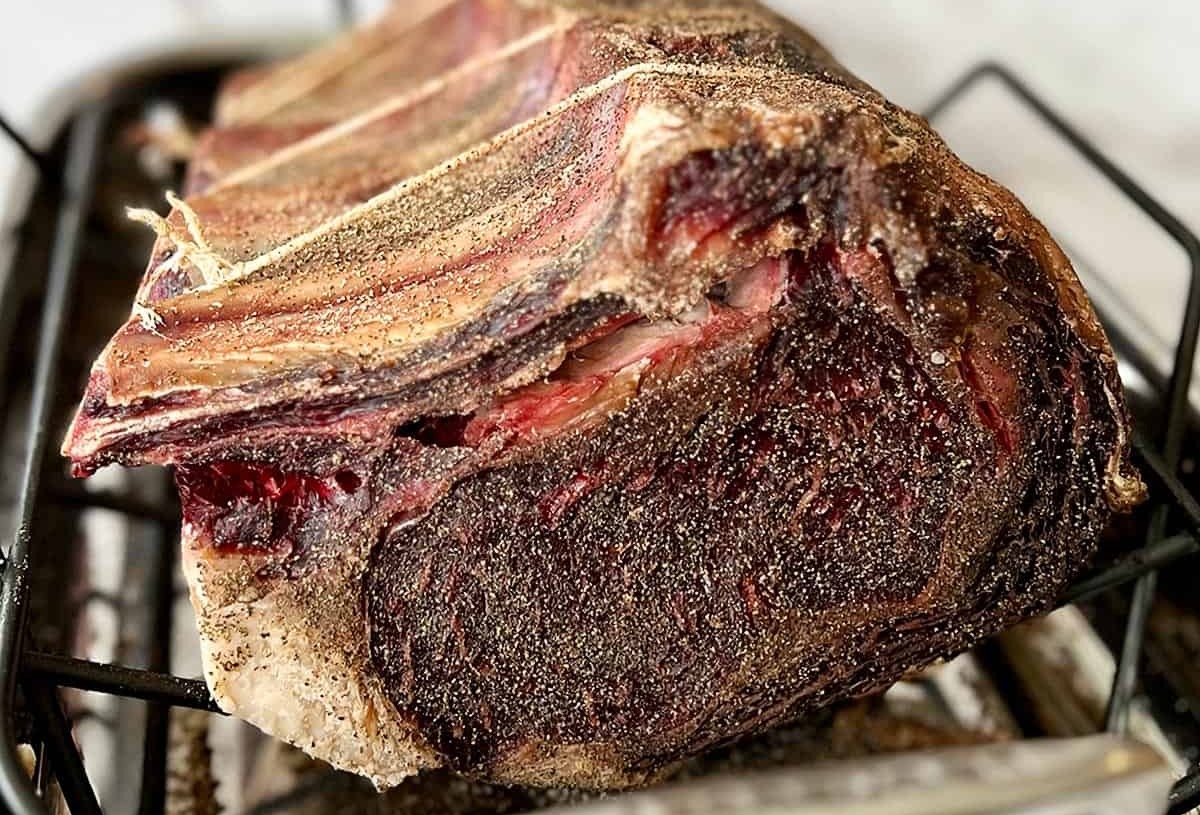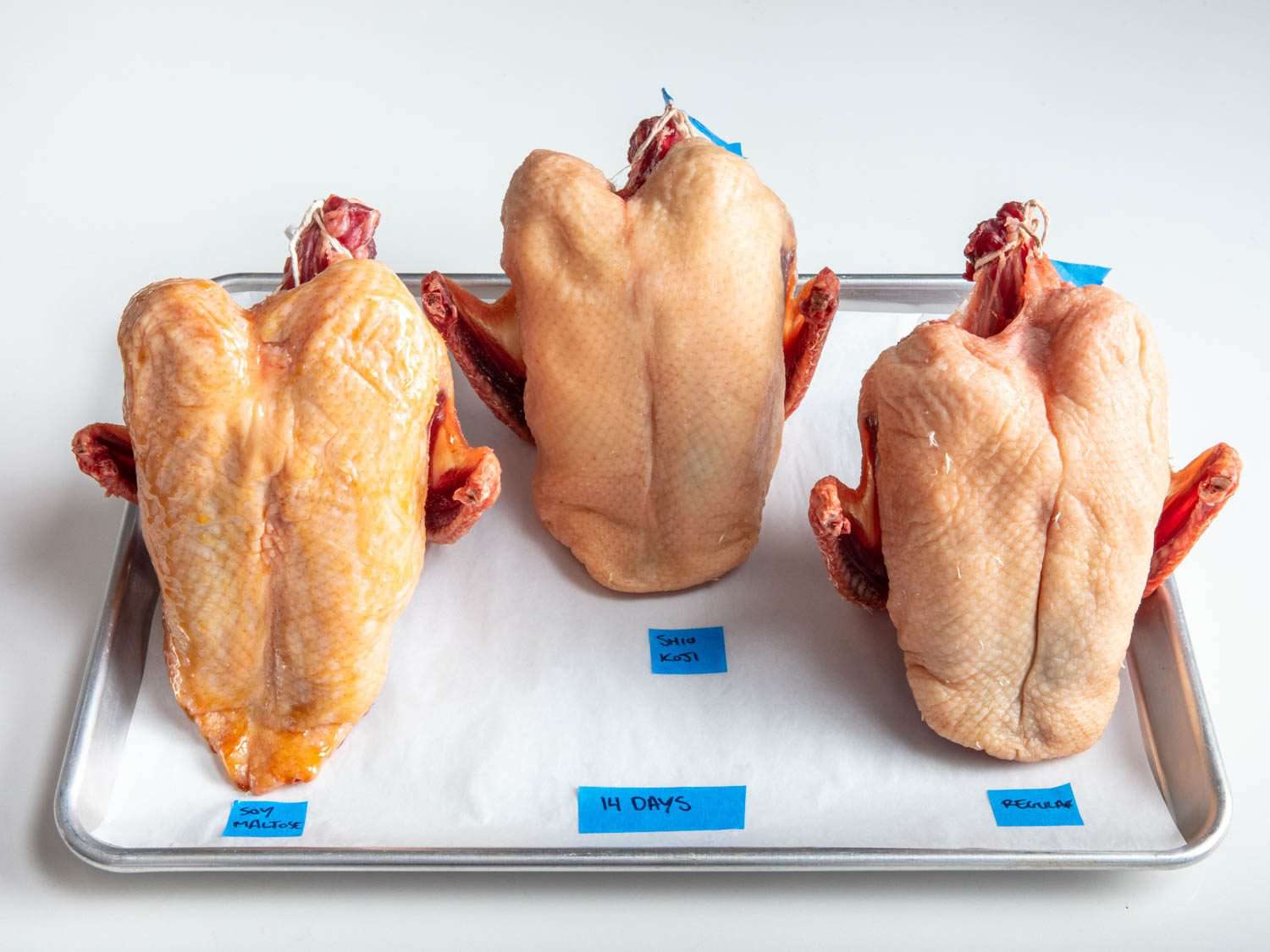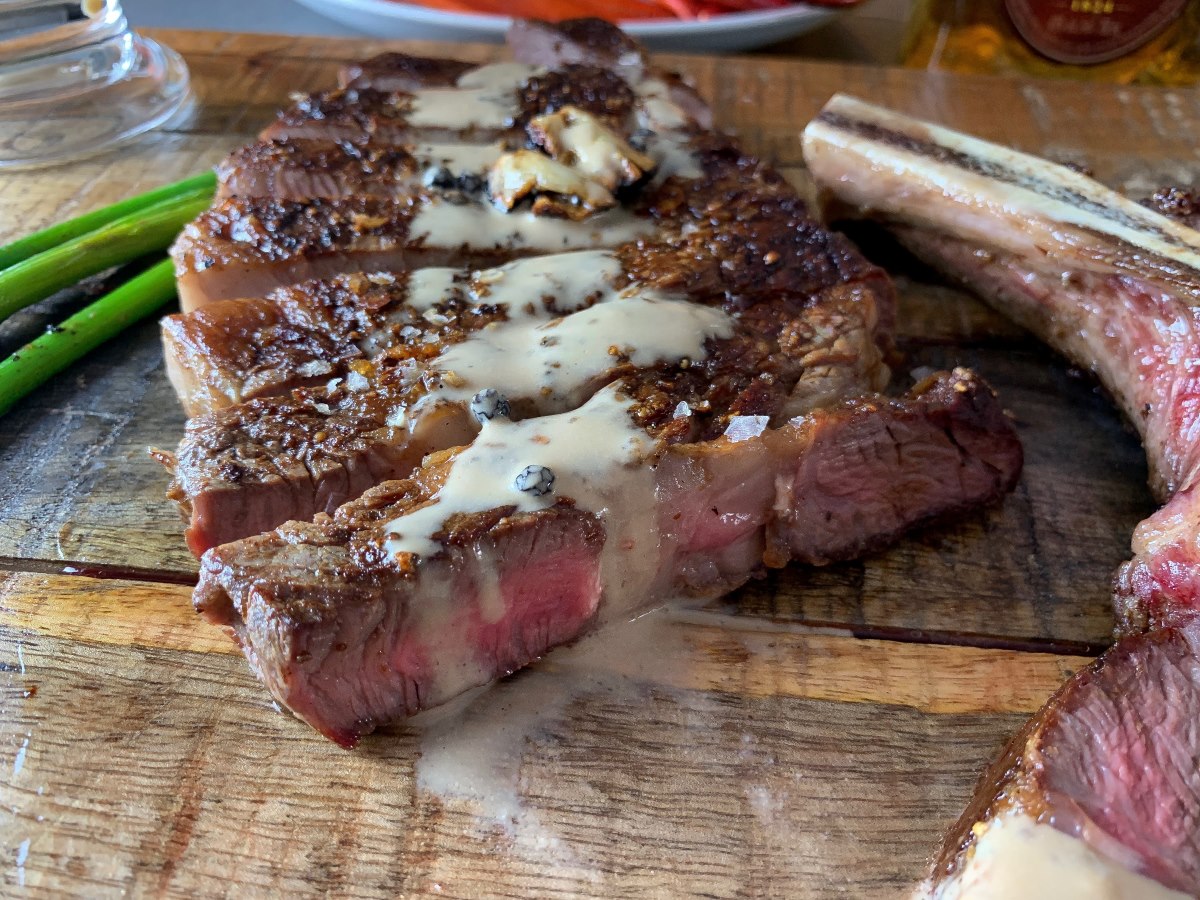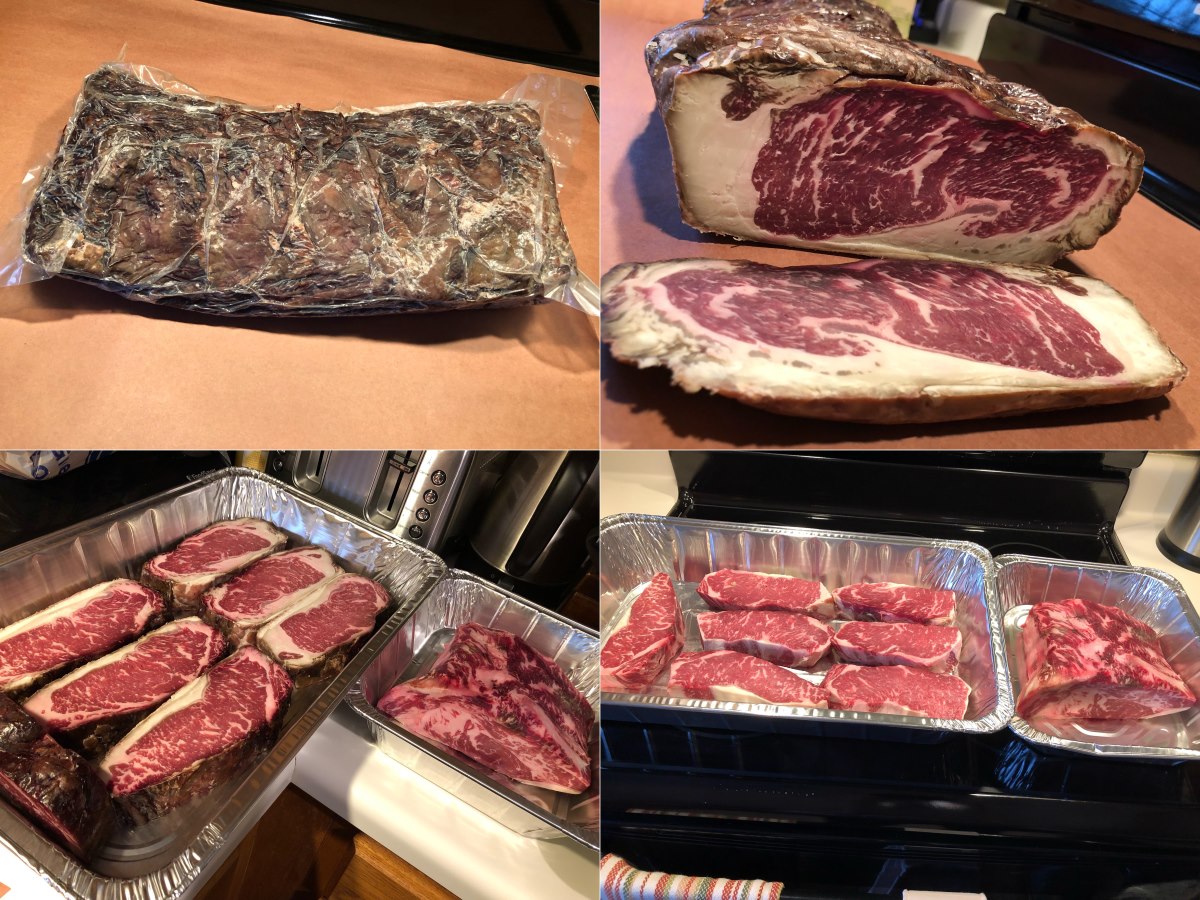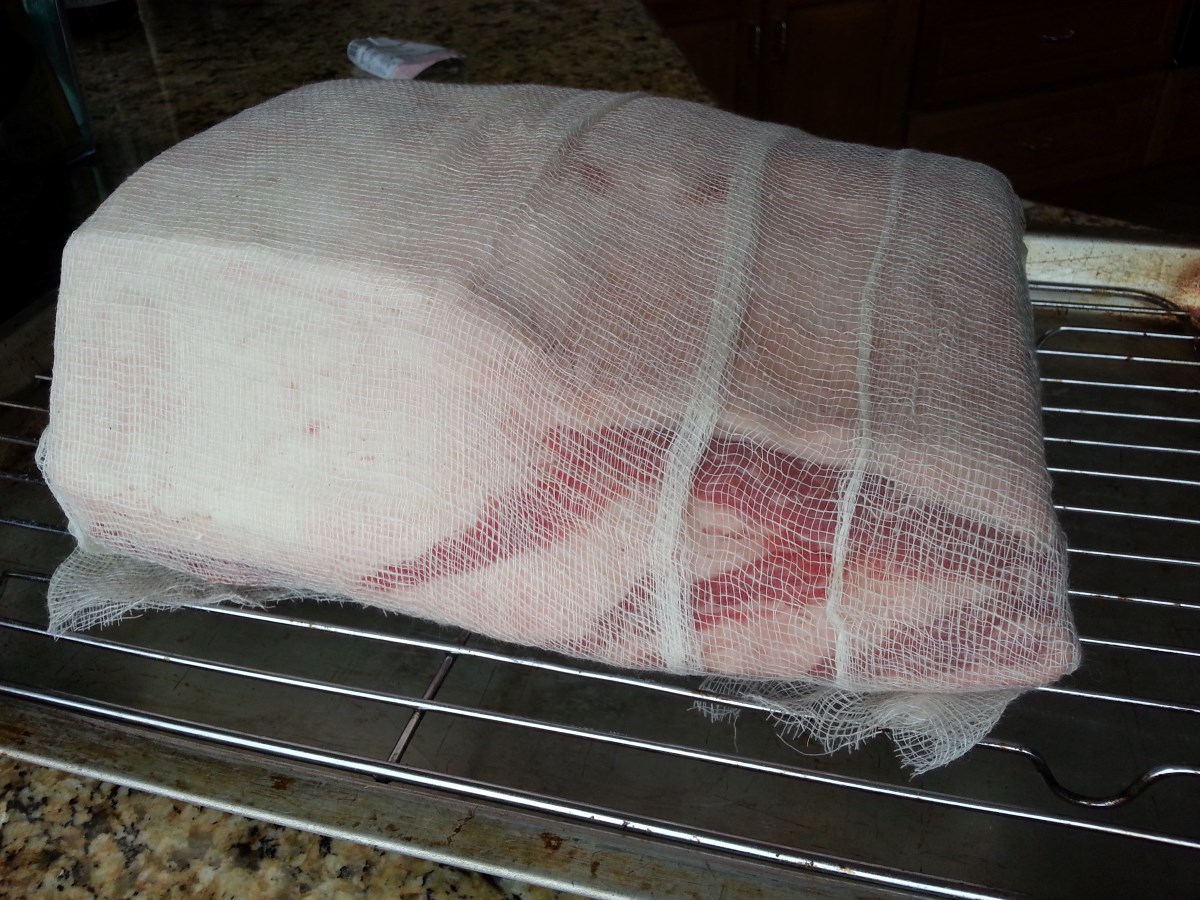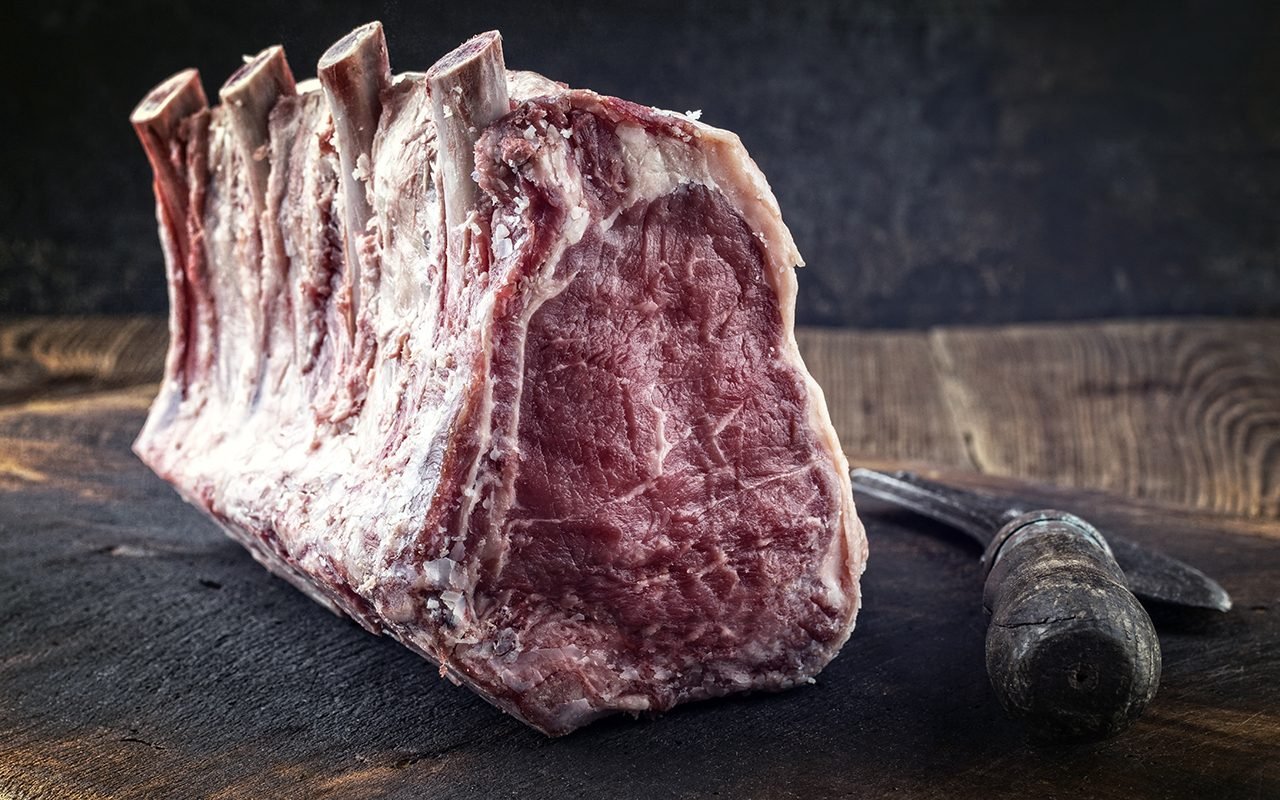What is Dry Aging?
Dry aging is a process of aging meat in a controlled environment to enhance its flavor and tenderness. It involves hanging the meat in a refrigerated room for an extended period, allowing natural enzymes to break down the muscle tissue, resulting in a more tender and flavorful end product.
Dry Aging a Turkey
Dry aging a turkey is a unique way to intensify its flavor and create a succulent, tender meat for your holiday feast. While dry aging is more commonly associated with beef, the process can also work wonders for poultry, including turkey.
Steps to Dry Age a Turkey
Here are the steps to dry age a turkey:
- Selecting the Turkey: Choose a high-quality, fresh turkey for dry aging. Ensure that the turkey is free from any blemishes or cuts.
- Preparation: Rinse the turkey thoroughly and pat it dry with paper towels. Place the turkey on a wire rack set over a rimmed baking sheet and refrigerate, uncovered, for 24 hours. This initial step helps to dry out the skin, which is essential for the dry aging process.
- Dry Aging: After the initial drying period, transfer the turkey to a dedicated refrigerator or a temperature and humidity-controlled environment. Hang the turkey in the refrigerator for 7-14 days, allowing the natural enzymes to work on the meat.
- Monitoring: Check the turkey regularly during the aging process. It’s normal for the surface of the turkey to darken and develop a thin, protective crust. However, if you notice any signs of spoilage, such as a foul odor or excessive mold, discard the turkey immediately.
- Trimming and Roasting: Once the aging process is complete, carefully trim away any dried-out or discolored areas from the turkey. Roast the turkey as desired, keeping in mind that the flavor and tenderness will be intensified due to the dry aging process.
Benefits of Dry Aging a Turkey
Dry aging a turkey offers several benefits, including:
- Enhanced Flavor: The aging process intensifies the natural flavors of the turkey, resulting in a richer and more complex taste.
- Improved Texture: The enzymes at work during dry aging help to break down the muscle fibers, resulting in a more tender and succulent meat.
- Unique Presentation: Dry aging a turkey can create a visually appealing, deeply colored outer layer, adding an element of uniqueness to your holiday table.
Conclusion
Dry aging a turkey is a rewarding process that can elevate the flavor and texture of the meat, creating a memorable dining experience for you and your guests. While it requires patience and careful monitoring, the end result is a tender, flavorful turkey that is sure to impress.
So, if you’re looking to take your holiday feast to the next level, consider trying your hand at dry aging a turkey. The process may take some time, but the delicious results will undoubtedly be worth it.
1. Purchase a fresh, high-quality turkey.
2. Clean the turkey thoroughly and pat it dry.
3. Place the turkey on a wire rack in a refrigerator set to a temperature of 34-38°F (1-3°C).
4. Allow the turkey to dry age for 7-14 days, ensuring it is not in direct contact with other foods in the refrigerator.
5. Monitor the turkey for any signs of spoilage and discard if necessary.
Was this page helpful?
Read Next: How To Dry Age Beef With Whiskey
